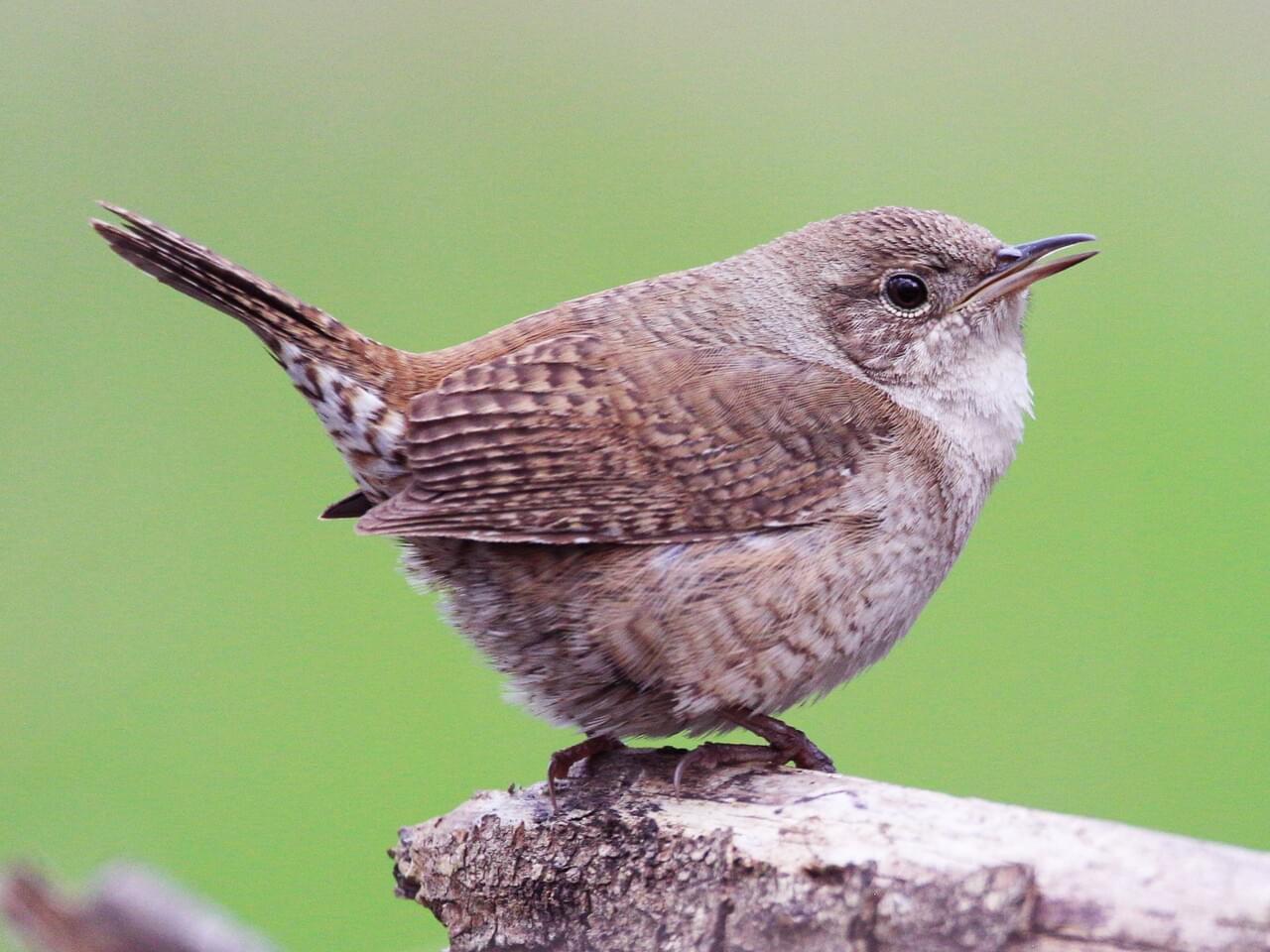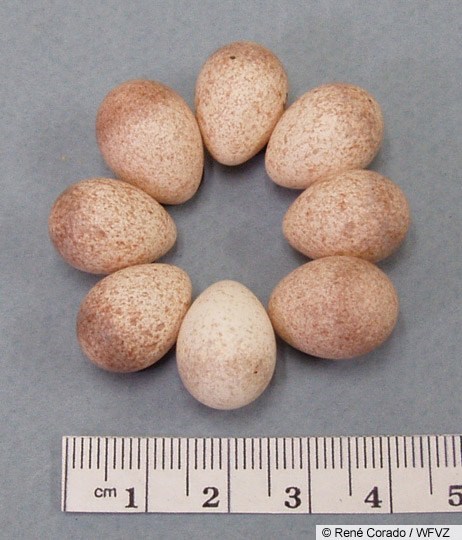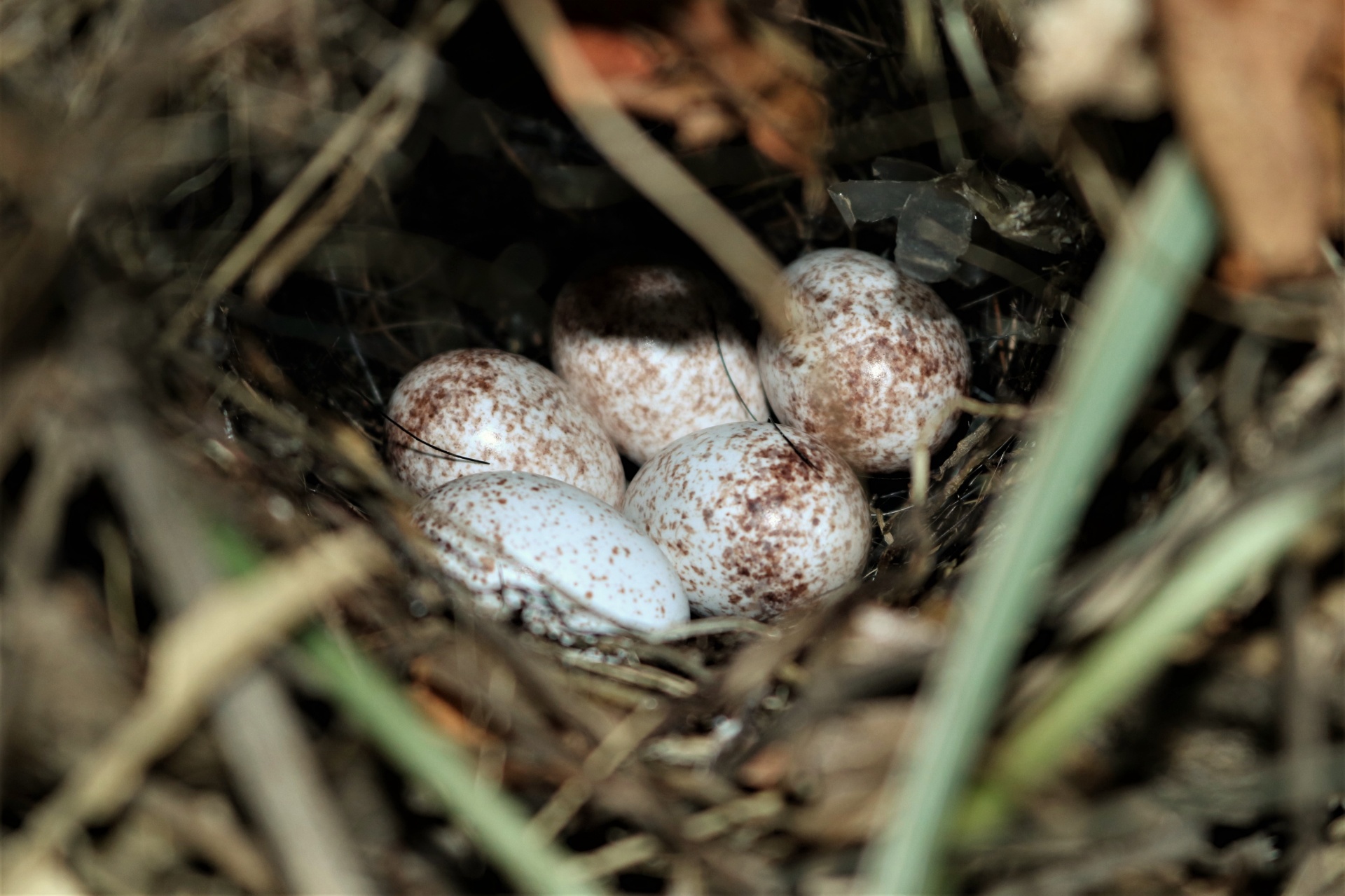Table Of Content

During the breeding season, they often feed protein-rich insects to their young and teach young fledglings how to catch their meals. When reusing nests, the male typically excavates the cavity and removes most sticks. This is thought to reduce parasitic mite infestations and other insects that have taken residence among the nesting materials. The house wren eggs are oval-round in shape with an approximate length of 0.64 in and a breadth of 0.5 in.
Celebrate Urban Birds

During mating season, the male picks a few spots he deems appropriate for a nesting spot and places a few twigs into the cavity. These small birds are easily supported with nesting boxes, so long as they’re small enough to prevent use by larger songbirds. A House wren nesting box can be as small as 10 x 10 x 10cm with a 2.5cm entrance/exit hole.
More Birds Like This
House wren favor semi-open habitats where they forage in bushes, thickets, hedgerows, and the understory of forest edges primarily within 20 feet from the ground. Wrens can be found in rural areas, low-density urban areas, and suburbs with enough vegetation and nesting sites. The remaining Cactus Wren habitat in coastal Los Angeles County needs to be protected from development. New Cactus Wren habitat needs to be created, and the wren’s use of the habitat needs to be monitored and studied.
Species in This Family
Outdoors: Although delayed this year, birdsongs usher in season of hope - The San Diego Union-Tribune
Outdoors: Although delayed this year, birdsongs usher in season of hope.
Posted: Wed, 28 Jun 2023 07:00:00 GMT [source]
Or he may sneak out to woo the female on a neighboring male's territory—perhaps destroying her eggs or young afterwards so that she must lay new eggs (his eggs) in their place. And if a male holds no territory he may boldly attempt to take one by force. The usurper sometimes succeeds in driving out the resident male, claiming his mate, and killing her eggs or young so that she must start over. The fiercest males are the most successful—and pass on those fierce genes to their abundant offspring.
Do House Wrens abandon their nests?
They migrate and spend winter in southeastern states and northern Mexico, near the Gulf and Atlantic coast. Look for Winter Wrens hidden in tangled undergrowth in forests and backyards. They eat insects and spiders by rummaging through fallen leaves and decaying bark. Cactus Wrens do not migrate and are residents of California all year. They can be spotted in the south of the state and appear in 1% of summer and winter checklists.
What Does a House Wren Nest Look Like?
Interestingly, males add other items such as wool, cotton, and the cocoons or egg sacs of spiders and other arthropods. It’s thought that hatching spiderlings consume mites and other parasitic insects, thus cleaning the nest. Once he selects a nesting site in a territory, the male begins to line it with twigs. Sometimes, males will comprehensively line the nest with hundreds of sticks, but other times, they’ll add just a handful. If the box is too large, other birds will nest inside and might kick wrens out or even attack or eat their nestlings.
Rock Wren Range Map
But the wrens don’t kill for vengeance; they do it for survival. Competition is fierce among cavity-nesting birds, especially for those like the House Wren that can’t carve out a home for itself. It must discover an existing hole to nest within—and if there isn’t a vacant spot available, it does what it must to survive and reproduce. Wren eggs are typically white or brown with dark speckles. They are very small, but the babies that hatch from them grow quickly, outgrowing the nest in less than three weeks.
These birds are incredibly common across most of North America.
Smaller and plainer than the related Carolina Wren, the House Wren is grayish-brown, with subtle barring on its wings, back, and tail, and a light (not white) eyeline. Like other wrens, the House Wren often carries its tail cocked up at a jaunty angle. Male House Wrens will sometimes remove old nesting material and reuse some of the sticks in the same nest box. During this time, the female will leave the eggs from time to time to feed. Back at the nest, House wrens primarily feed their nestlings a diet of soft-bodied insects such as caterpillars, beetles, flies, and spiders.
Wrens in California – Pictures and ID Guide
Doing so can be as easy as adding native plants to your garden, avoiding pesticides, and keeping cats indoors. Patuxent Wildlife Research Center, Bird Banding Laboratory 2020. House Wrens are friendly enough around humans and pets but can get quite aggressive with other birds. You'll know he has arrived when you hear him sing from his perches.
A great singer, the house wren is widespread in North America and South America, reaching the tip of Tierra del Fuego in Argentina and Chile. This article is intended to aid in identifying house wren nests and eggs. As you might expect, wrens build their nests at the beginning of breeding season–April to July in most places.
An unstoppable waterfall of notes spills from the throat of the tiny, indefatigable house wren, one of our most beloved backyard birds. What house wrens lack in appearance they make up for with their songs. In fact, it’s not uncommon for male house wrens to sing nine to 11 times per minute during breeding season. Wrens often nest close to people, so you’re likely to hear them this spring. Listen for their boisterous melodies during the summer season. Their rapid rolling trill rises and then descends into a bubbling song.
Pacific Wrens are found along the West Coast from Alaska to California. Those on the coast remain all year, but those inland in Canada migrate south for winter. Nests of Marsh Wrens are fully enclosed, except for a small opening in the top. 3 – 10 eggs are laid, which take around two weeks to hatch and two weeks to fledge.











